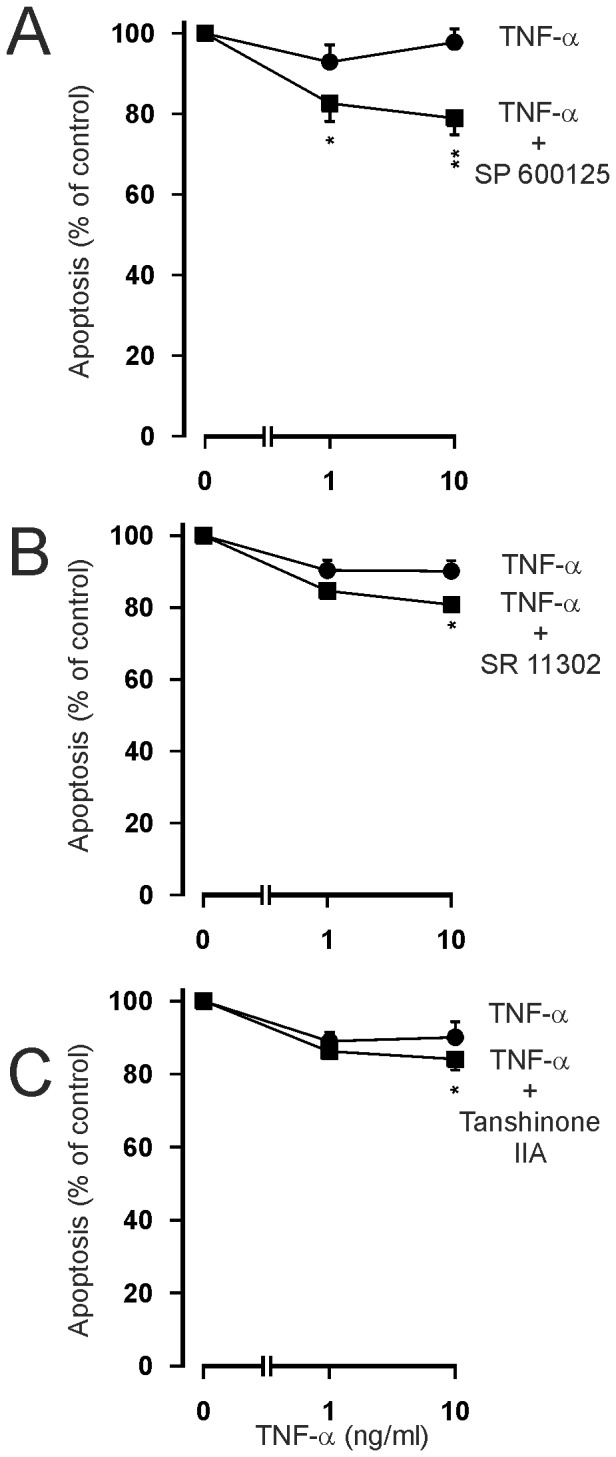Figure 8. Effect of inhibitors of c-jun-N-terminal kinase and AP-1 on apoptosis of human eosinophils in the presence of TNF-α.

The effects of c-jun-N-terminal kinase inhibitor SP 600125 (A: ▪ 10 µM) and inhibitors of AP-1, SR 11302 (B; ▪ 1 µM) and tanshinone IIA (C; ▪ 1 µg/ml) on TNF-α-induced inhibition of apoptosis in isolated human eosinophils after 40 h culture. In each figure, the concentration-response curve of TNF-α in the absence of inhibitors (solvent control) is indicated by (•). Apoptosis was assessed by flow cytometry measuring the relative DNA content of propidium iodide-stained eosinophils. Each data point represents the mean ± SEM of 8-14 independent determinations using eosinophils from different donors. * indicates P<0.05 and **P<0.01 as compared with the respective control in the absence of the inhibitor. In A, the percentage of apoptotic eosinophils in the absence of TNF-α and SP 600125 was 46.1±5.1 and in the presence of SP 600125 (10 µM) it was 38.4±4.8 (P<0.05). In B, the percentage of apoptotic eosinophils in the absence of TNF-α and SR 11302 was 58.6±4.9 and in the presence of SR 11302 (1 µM) it was 62.8±4.3 (P<0.05). In C, the percentage of apoptotic eosinophils in the absence of TNF-α and tanshinone IIA was 55.9±4.0 and in the presence of tanshinone IIA (1 µg/ml) it was 64.8±3.8 (P<0.001).
